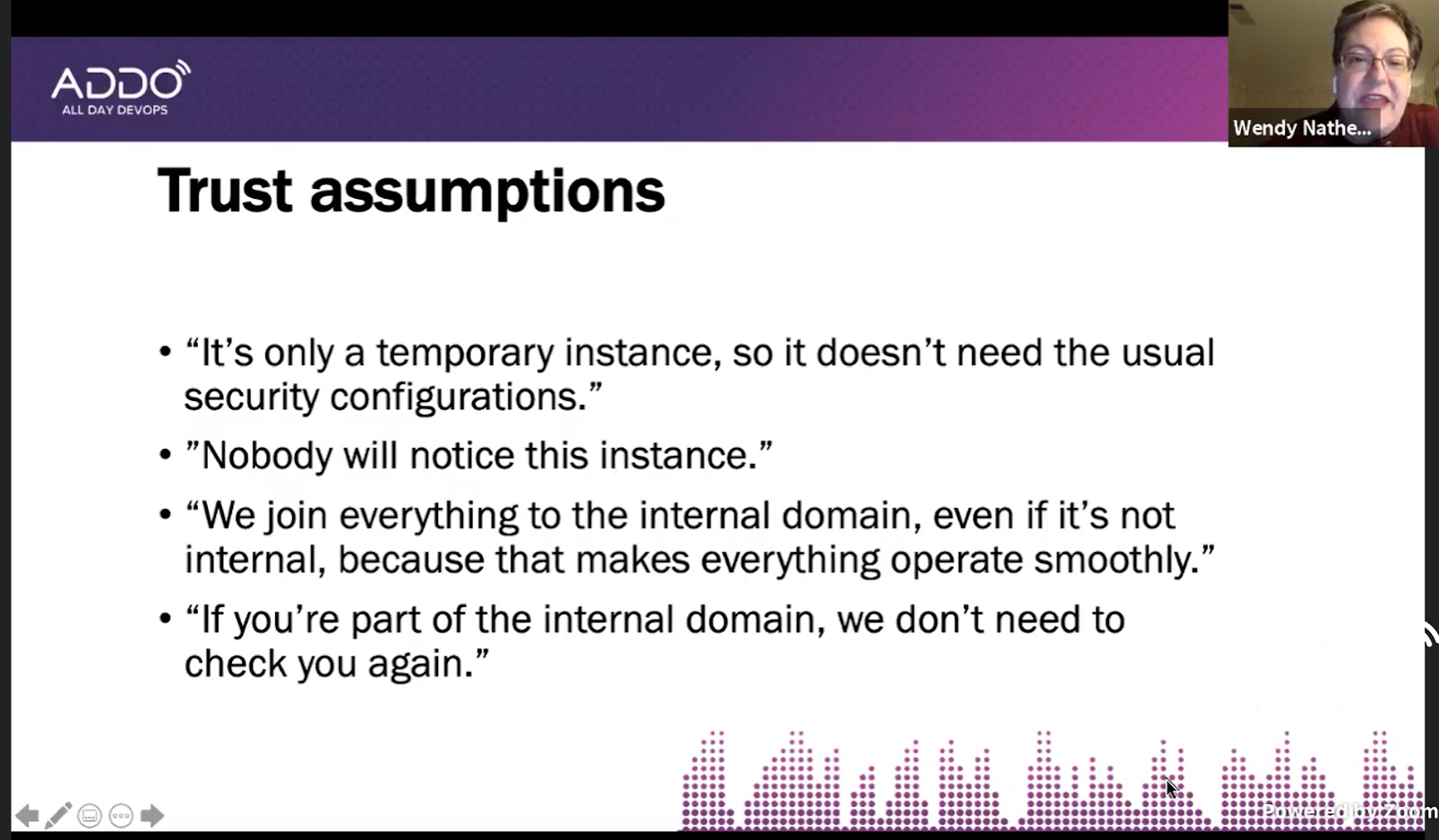131 private links
Focusing on the human element of remote software engineer productivity.
This guide describes how to tune your AMD64/x86_64 hardware and Linux system for running real-time or low latency workloads.
This is a story of how a software company was able to start a conversation with 8x more of their users by cutting the length of their emails by 90%. You could set up a test of this method in less than an hour.
So you want to learn how to secure WordPress. Congratulations! You are in good company and this post will show you all the right steps!
Having access to source code makes it possible to analyze the security and safety of applications. But if nobody actually looks at the code, the issues won’t get caught, and even when people are actively looking at code, there’s usually quite a lot to look at. Fortunately, GitHub has an active security team, and recently, they revealed a Trojan that had been committed into several Git repositories, having snuck past even the repo owners.
With zero trust, you assume everything on the network is unsafe. You have to check trust explicitly. This stance improves security throughout the SDLC.

Worried about the security of your Linux server? Learn some easy to implement tips on securing SSH and make your Linux server more secure.
This HN thread contains several tips and hints regarding methods, approaches and tools to share secrets across people and systems.
Saying no is hard, but it's also essential for your sanity.
Here are some templates for how to say no - so you can take back your life.
How to SSH properly and easily improve the security of your SSH model without needing to deploy a new application or make any huge changes to UX.
Timo Zimmermann about software engineering, leading teams, consulting and start ups.
